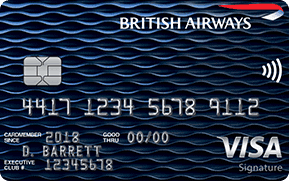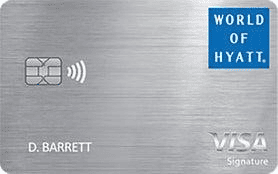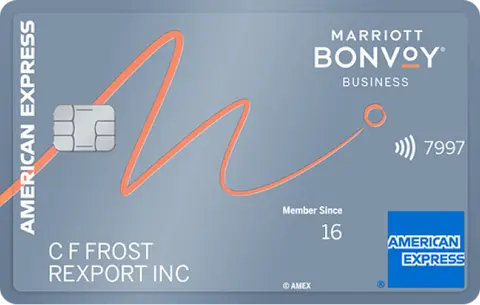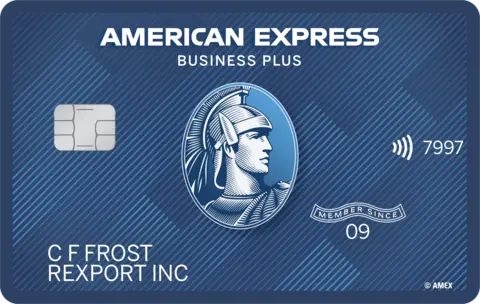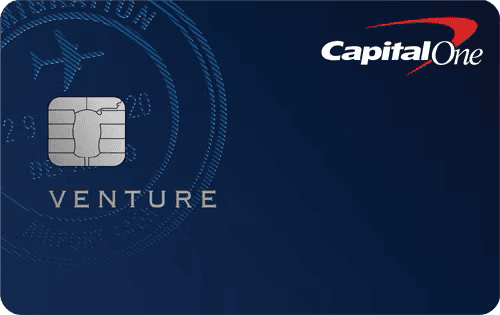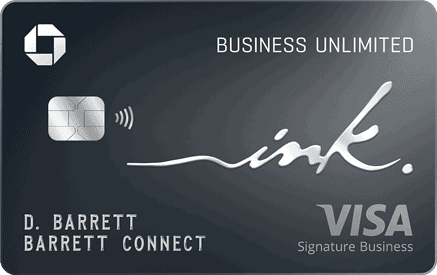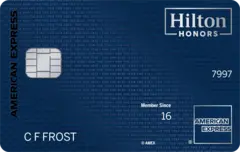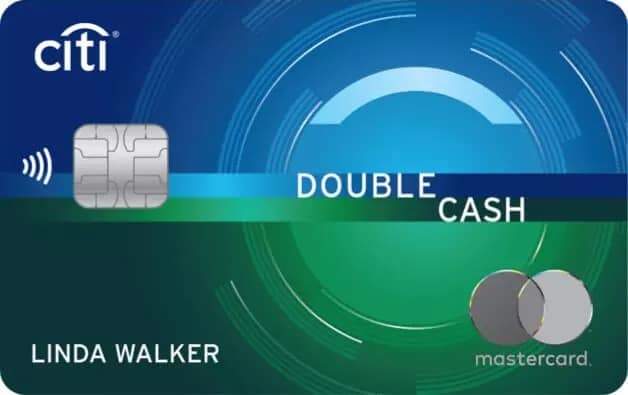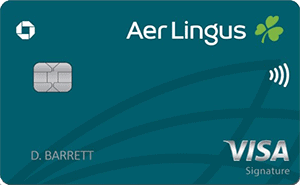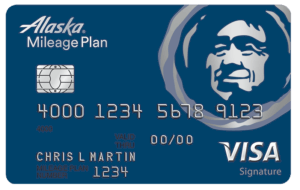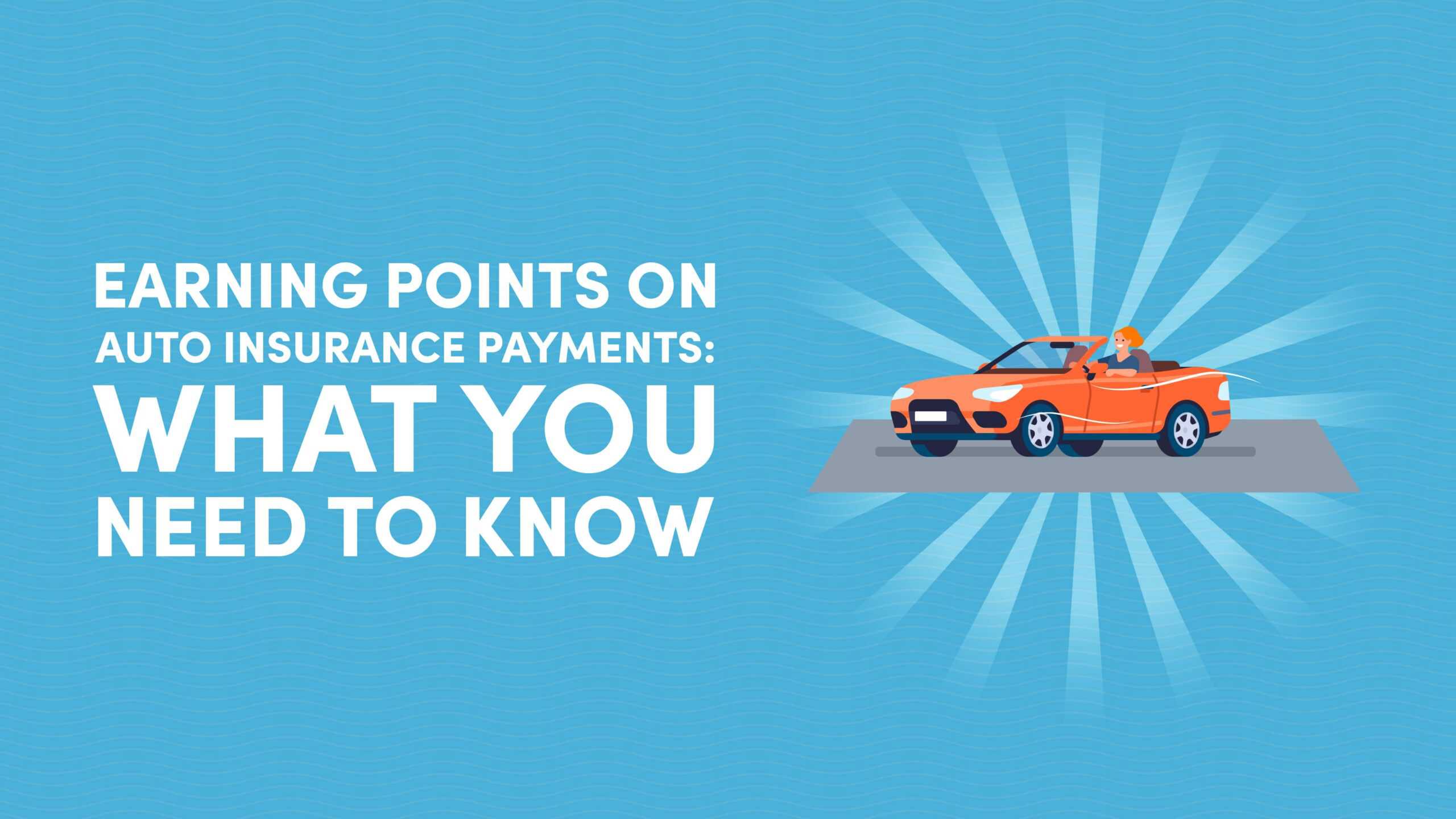
10xTravel is part of an affiliate sales network and receives compensation for sending traffic to partner sites, such as CreditCards.com. This compensation may impact how and where links appear on this site. This site does not include all financial companies or all available financial offers. Terms apply to American Express benefits and offers. Enrollment may be required for select American Express benefits and offers. Visit americanexpress.com to learn more.
Note: Some of the offers mentioned below may have changed or may no longer be available. The content on this page is accurate as of the posting date; however, some of our partner offers may have expired. You can view current offers here.
All information about the Hilton Honors American Express Aspire Card has been collected independently by 10xTravel.
Big expenses offer big opportunities to earn thousands of points and miles—every points enthusiast knows this. Auto insurance payments are one of life’s big recurring expenses that offer the opportunity to rack up a good chunk of points on your spending.
Whether you’re working toward the minimum spend on a welcome offer or simply looking to get the biggest bang for your buck, knowing how to leverage auto insurance payments to earn you points is crucial for maximizing the return on your expenditure.
Let’s look at how to earn points on auto insurance payments, the benefits of paying your premiums using a credit card, as well as some tips for maximizing the value of your spending.
You can get a free auto insurance offer to ensure you’re not overpaying. It’s quick, won’t impact your credit score and compares offers across more than 25 insurance providers.

How Much Does Auto Insurance Cost?
In 2025, the average national auto insurance premium was $2,638 annually, representing an increase of 12% since 2024, according to Bankrate.
However, auto insurance premiums vary widely based on a number of factors. Your previous driving history, credit score, vehicle type and location are major factors in determining your premiums.
For example, Florida and Louisiana have the highest average annual premiums of all states, coming in at $4,171 and $3,978, respectively. This is due largely to the risk of inclement weather in these states as well as car theft rates and other location-based factors that increase risk for insurers. On the flipside, Idaho and Vermont have the lowest average annual auto insurance premiums, coming in at $1,454 and $1,470, respectively.
Likewise, adding young drivers to your auto insurance plan—particularly teenagers—is a surefire way to have your rates increase significantly. That said, you can qualify for discounts with certain insurers when your child achieves good grades in school and enrolls in an extra driving safety course.
Whatever way you cut it, auto insurance premiums represent a significant expense, consuming 3.39% of the average American’s income in 2025.
For this reason, it’s important to use this expense as an opportunity to earn a return on your spending—in the form of points, miles or cash back. That way, you’re leveraging your natural expenditure to earn bonus rewards that you wouldn’t otherwise earn.
Which Auto Insurance Companies Accept Credit Card Payments?
Not every insurer offers you the option to pay your premiums with a credit card.
Here’s an overview of some of the most popular insurers that accept credit card payments:
- Allstate
- Bristol West
- Clearcover
- Farmers
- GEICO
- The General
- Lemonade
- Mercury
- Nationwide
- Safeco
- State Farm
- Travelers
- USAA
The majority of these companies accept credit card payments. Keep in mind that this list isn’t exhaustive, so you may also have luck with your insurer even if it’s not listed here.
Likewise, if you’re shopping around for auto insurance providers, you may want to avoid making any new credit card applications. Generally, it’s best to pause credit inquiries, which trigger hard pulls on your credit report, for at least two months prior to getting an auto insurance offer. Hard pulls on your credit report can knock a few points off your credit score, leading to insurers charging you higher auto insurance premiums.
Paying Auto Insurance With a Credit Card: Tips and Strategies
Let’s look at how best to put the expense of auto insurance toward earning thousands of points and miles.
Earn a Welcome Offer
The No. 1 reason to pay your auto insurance with a credit card is to help you earn a welcome offer on a new card.
Welcome offers are one of the most lucrative aspects of travel rewards credit cards, offering thousands to hundreds of thousands of points when you hit a minimum spending threshold. The spending requirement can be anywhere from $500 all the way to $20,000 and anything in between.
Welcome offers will give you the highest rate of return on your spending that you’ll ever receive with the card, making them essential to earn. However, hitting the minimum spending threshold can be a challenge, particularly if you have lower than average monthly outgoings. You also never want to overspend in pursuit of a welcome offer, but instead leverage your natural expenditure.
Therefore, auto insurance premiums are a godsend when it comes to working toward a welcome offer—they’re a significant and inevitable expense that you can leverage to earn thousands of points naturally.
Depending on the cost of your premiums, you may be able to hit the minimum spending threshold in a single payment. And even if you don’t meet the requirements in a single payment, paying your auto insurance premiums with your card can still put a sizable dent in your spending threshold.
When leveraging auto insurance payments to earn a card’s welcome offer, you’ll generally want to pay in full. As welcome offers typically have to be earned within the first three to six months of card membership, it isn’t feasible to pay your auto insurance premiums on a monthly basis when trying to earn a welcome offer. Instead, you’ll need to pay either the semiannual or annual cost of your auto insurance premiums in a single payment.
Likewise, if you’re able to pay your auto insurance premiums in full every six months or once a year, you can be eligible for a paid-in-full discount with certain insurers, while also avoiding monthly service fees.
This is a win-win situation: leveraging your annual (or semiannual) auto insurance payments to earn a welcome offer while enjoying a discount.
Just ensure that you’re able to pay your credit card balance off in full before its due date when paying your premiums upfront, otherwise you’ll run into double-digit interest rates that’ll erode the value of any rewards earned.
Earn a Companion Ticket or Free Night Award
Welcome offers aren’t the only card benefits with a minimum spending threshold attached to them. Many co-branded airline and hotel credit cards offer companion tickets and free night awards, respectively, that are contingent on hitting a certain spending requirement within a calendar or anniversary year.
If you’re not working toward any new welcome offers, charging your auto insurance premiums to a co-branded hotel or airline credit card that offers one of these minimum spend-based benefits is a solid way to put your natural expenditure to work.
Here are some examples of cards that offer companion tickets and free night awards dependent on hitting a minimum spend:
- Aer Lingus Visa Signature® Credit Card: Spend $30,000 within a calendar year and earn an economy companion ticket.
- Alaska Airlines Visa Signature® Credit Card: Spend $6,000 within an anniversary year and earn Alaska’s $99 Companion Fare™ (plus taxes and fees from $23).
- British Airways Visa Signature® Credit Card: Spend $30,000 within a calendar year and earn a Travel Together Ticket, either for your companion on the same award flight or for a 50% Avios discount on a solo award flight.
- Iberia Visa Signature® Credit Card: Spend $30,000 within a calendar year and earn a discount voucher of $1,000 to use toward two tickets on the same Iberia flight.
- Hilton Honors American Express Surpass® Card (see rates and fees): Spend $15,000 with your card within a calendar year and receive a free night award.
- Hilton Honors American Express Aspire Card: Opportunity to receive a second free night award after charging $30,000 to your card within a calendar year and a third free night award after charging $60,000 to your card within a calendar year.
- World of Hyatt Credit Card: Opportunity to receive a second free night award at any Category 1-4 Hyatt hotel or resort if you spend $15,000 in a calendar year.
- Marriott Bonvoy Bountiful™ Credit Card: Spend $15,000 in a calendar year and receive a free night award for Marriott properties up to 50,000 points.
- Marriott Bonvoy Business® American Express® Card (see rates and fees): Opportunity to receive a second free night award after spending $60,000 within a calendar year.
- Marriott Bonvoy Bevy® American Express® Card (see rates and fees): Spend $15,000 with your card in a calendar year and receive one free night award worth up to 50,000 points at hotels participating in Marriott Bonvoy.
While your car insurance premiums aren’t going to cost you $15,000—let alone $30,000 or $60,000—they can still help make up any deficits in spending, enabling you to earn that free night award or companion certificate.
When pursuing these types of perks, you could either pay in full or pay your premiums on a monthly basis because your timeframe to hit the spending threshold is longer than with a welcome offer. You can also consider charging other insurance premiums, such as homeowners insurance, to your card to help make up any remaining deficits in spending.
British Airways Visa Signature® Card
Earn 75,000
Avios
after you spend $5,000 on purchases within the first three months of account opening.
Annual Fee: $95
Hilton Honors American Express Surpass® Card
130,000
Hilton Honors Bonus Points
after you spend $3,000 in purchases on the Hilton Honors American Express Surpass® Card in your first 6 months of Card Membership. Offer Ends 8/13/2025.
Annual Fee:
$0 introductory annual fee for the first year, then $150
The World of Hyatt Credit Card
Earn up to 60,000
Bonus Points
Earn 30,000 Bonus Points after you spend $3,000 on purchases in your first 3 months from account opening. Plus, up to 30,000 more Bonus Points by earning 2 Bonus Points total per $1 spent in the first 6 months from account opening on purchases that normally earn 1 Bonus Point, on up to $15,000 spent.
Annual Fee: $95
Marriott Bonvoy Business® American Express® Card
Earn 3 Free Night Awards
after you use your new Card to make $6,000 in eligible purchases within the first 6 months of Card Membership. Each Free Night Award has a redemption level up to 50,000 Marriott Bonvoy® points, for a total potential value of up to 150,000 points, at hotels participating in Marriott Bonvoy®. Certain hotels have resort fees. Terms apply.
Annual Fee:
$125
Marriott Bonvoy Bevy® American Express® Card
Earn up to 135,000
Marriott Bonvoy® bonus points
Earn 85,000 points after you spend $5,000 and an extra 50,000 points after you spend an additional $2,000 in purchases on the Card within your first 6 months of Card Membership.
Annual Fee:
$250
Offset the Cost of Your Spending
If you’re not working toward a minimum spend for a welcome offer, free night award or companion ticket, using a credit card to pay your auto insurance premiums is still a solid way to earn a return on your spending. This way, you can help offset the cost of your premiums through points earned.
One of the most lucrative ways to earn a return on your auto insurance premium payments is to pay them through PayPal using the Chase Freedom Flex®.
The Chase Freedom Flex offers 5% bonus cashback categories that rotate on a quarterly basis. PayPal is frequently included in these quarterly categories, enabling you to earn 5% back when you pay your auto insurance using PayPal with the Chase Freedom Flex.
However, you can make this strategy even more lucrative if you also hold the Chase Sapphire Reserve®, the Chase Sapphire Preferred® Card or the Ink Business Preferred® Credit Card.
Once you’ve earned 5% cash back on your auto insurance payments with the Freedom Flex (via PayPal), you can transfer these earnings to one of the three aforementioned cards to then redeem them as Ultimate Rewards points through Chase Travel℠ or by transferring them to any of Chase’s 14 hotel and airline partners.
For instance, paying your $3,000 auto insurance premiums in full with PayPal using your Freedom Flex card would net you 9,000 Ultimate Rewards points, as the 5% earnings are capped at $1,500 per quarter. So you’d earn 7,500 points on the first $1,500 worth of your premiums and an additional 1,500 points (at a rate of 1X points) on the other $1,500.
If you transferred these to the Chase Sapphire Preferred or the Ink Business Preferred card account, you could redeem them for 1.25 cents apiece through Chase Travel℠, making them worth at least $112.50. Alternatively, if you transferred these earnings to your Chase Sapphire Reserve, you could redeem them for even more value through Chase Travel℠. With the card’s Points Boost feature, points can be worth up to 2 cents apiece on select premium travel, making them worth as much as $180.
And if you transferred them to one of Chase’s airline or hotel partners, you could get even more value from your points.
Keep in mind that not all auto insurance providers accept PayPal. So be sure to check with your provider before pursuing this strategy.
This is just one example of how you can earn a return on auto insurance payments by paying in full with a credit card. Although you won’t entirely offset the cost of your insurance with the earned points, you can still get a significant enough return to make it worthwhile.
Best Credit Cards for Paying Auto Insurance Premiums
If you’re not working toward any type of minimum spending requirement, the best credit cards for paying your auto insurance premiums are the ones with a high baseline rewards rate—in other words, cards that earn more than 1X points or 1% cash back on non-bonus category spending.
The Chase Freedom Flex is an excellent choice for paying insurance premiums. However, if your auto insurance is due during a time in which PayPal isn’t one of the Freedom Flex’s 5% bonus spending categories or if your insurer simply doesn’t offer PayPal as a payment method, you’ll need to look at other cards.
Some great cards for paying your auto insurance premiums include:
- Bank of America® Customized Cash Rewards Credit Card: 1.25% to 1.75% cash back for eligible Bank of America Preferred Rewards® members on non-bonus category spending.
- Blue Business® Plus Credit Card from American Express (see rates and fees): 2X points on all purchases up to $50,000 per year (1X points thereafter).
- Capital One Venture Rewards Credit Card: 2X miles on non-bonus category spending.
- Capital One Venture X Rewards Credit Card: 2X miles on non-bonus category spending.
- Chase Sapphire Preferred Card: 1X points on non-bonus category spending that can be redeemed for 1.25 cents apiece through Chase Travel.
- Chase Sapphire Reserve: 1X points on non-bonus category spending, with points worth up to 2 cents apiece on select travel booked with Points Boost through Chase Travel℠.
- Citi Double Cash® Card: 2% cash back on all purchases (1% when you buy and 1% when you pay).
- Ink Business Unlimited® Credit Card: 1.5% cash back on non-bonus category spending.
- U.S. Bank Shopper Cash Rewards® Visa Signature® Card: 1.5% cash back on non-bonus category spending.
By using any of these cards to cover your auto insurance payments, you can earn a solid return on your spending.
The Blue Business® Plus Credit Card from American Express
15,000
Membership Rewards®
after you spend $3,000 in eligible purchases on the Card within your first 3 months of Card Membership
Capital One Venture Rewards Credit Card
75,000
miles
once you spend $4,000 on purchases within 3 months from account opening, equal to $750 in travel.
Annual Fee: $95
Capital One Venture X Rewards Credit Card
75,000
Venture Miles
after you spend $4,000 in purchases in the first 3 months.
Annual Fee: $395
Chase Sapphire Preferred® Card
75,000
bonus points
after you spend $5,000 on purchases in the first 3 months from account opening.
Annual Fee: $95
Earn 100,000
bonus points + $500 Chase Travel℠ promo credit
after you spend $5,000 on purchases in the first 3 months from account opening.
Annual Fee: $795
Chase Ink Business Unlimited® Credit Card
Earn $750
bonus cash back
after you spend $6,000 on purchases in the first 3 months from account opening
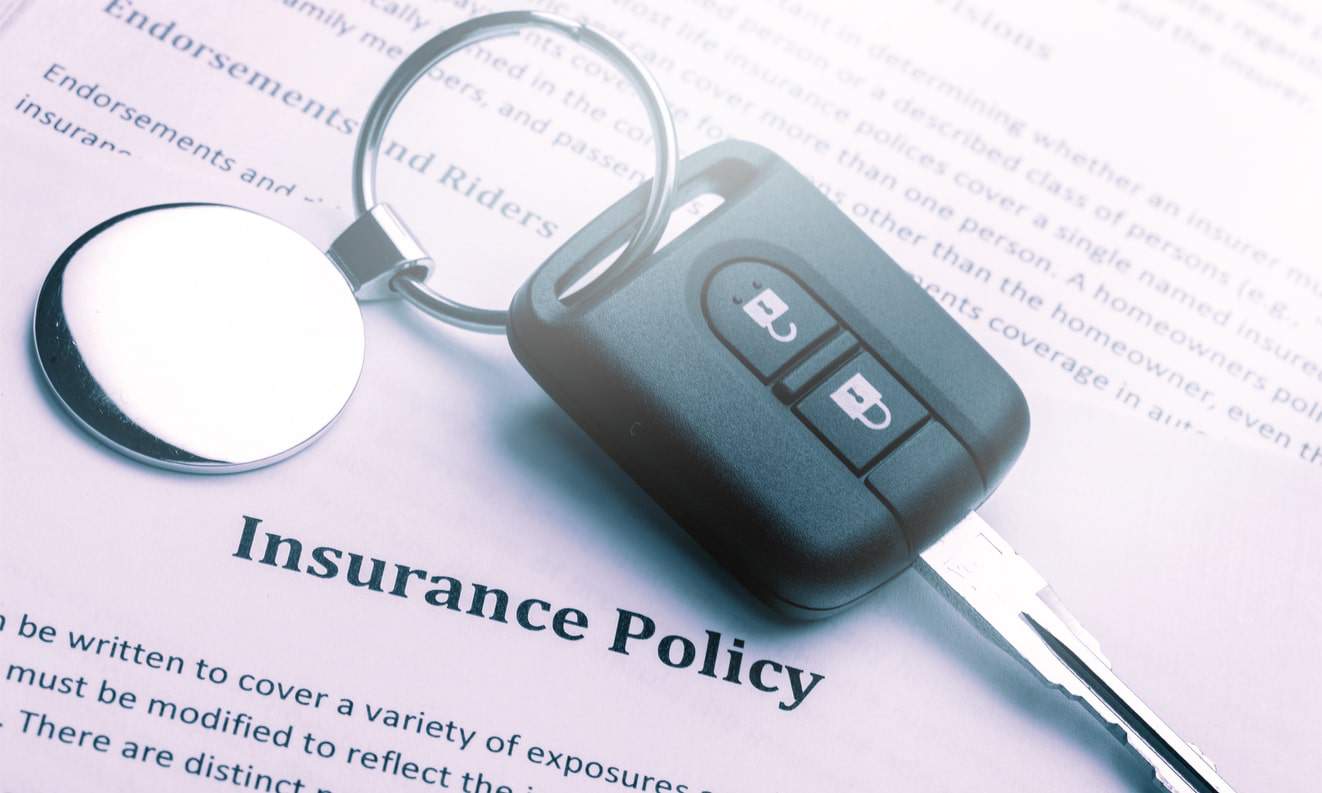
Are You Overpaying Your Auto Insurance? Get an Offer Today
Auto insurance costs are rising nationwide and are already up by 12% from 2024.
If you’ve been paying the same rates year after year, despite maintaining a clean driving record, you could be paying too much for auto insurance. And even if your rates have stayed the same or decreased, it never hurts to shop around.
You can get a free auto insurance offer today to ensure you’re not overpaying. It’s quick, won’t impact your credit score and compares offers across more than 25 insurance providers, helping you find the lowest rates (individual rates and savings may vary).
That way, you can rest assured that you’re paying the lowest rates while earning points and miles on every dollar spent on your premiums.
Final Thoughts
Large expenses are an unavoidable part of life. Auto insurance payments are one of these large recurring expenses, which you can pay either monthly, annually or semiannually.
You can make the most out of your spending and earn a return in the form of points, miles or cash back by using a credit card to pay your auto insurance premiums. In turn, you can use these points to fund award travel, earn a new welcome offer or hit the minimum spending threshold for a companion ticket or free night award. That way, you can take the sting out of a large expense and turn it into a points-earning extravaganza.
New to the world of points and miles? The Chase Sapphire Preferred® Card is the best card to start with.
With a bonus of 75,000 bonus points after you spend $5,000 on purchases in the first 3 months from account opening. , 5x points on travel booked through Chase Travel℠ and 3x points on restaurants, streaming services, and online groceries (excluding Target, Walmart, and wholesale clubs), this card truly cannot be beat for getting started!
after you spend $5,000 on purchases within the first three months of account opening
after you spend $6,000 in purchases on the Card within your first 6 months of Card Membership. Offer ends 8/13/2025.
after you spend $1,500 on purchases in the first 6 months of account opening. This bonus offer will be fulfilled as 20,000 ThankYou® Points, which can be redeemed for $200 cash back.
after you spend $5,000 on purchases within the first three months of account opening
plus a 30% flight discount code after you spend $3,000 in the first 90 days
after you spend $3,000 in eligible purchases on the Card within your first 3 months of Card Membership
once you spend $4,000 on purchases within 3 months from account opening, equal to $750 in travel.
after you spend $4,000 in purchases in the first 3 months.
after you spend $5,000 on purchases in the first 3 months from account opening.
after you spend $5,000 on purchases in the first 3 months from account opening.
after you spend $6,000 on purchases in the first 3 months from account opening
after you spend $5,000 on purchases within the first three months of account opening.
after you spend $3,000 in purchases on the Hilton Honors American Express Surpass® Card in your first 6 months of Card Membership. Offer Ends 8/13/2025.
Earn 30,000 Bonus Points after you spend $3,000 on purchases in your first 3 months from account opening. Plus, up to 30,000 more Bonus Points by earning 2 Bonus Points total per $1 spent in the first 6 months from account opening on purchases that normally earn 1 Bonus Point, on up to $15,000 spent.
after you use your new Card to make $6,000 in eligible purchases within the first 6 months of Card Membership. Each Free Night Award has a redemption level up to 50,000 Marriott Bonvoy® points, for a total potential value of up to 150,000 points, at hotels participating in Marriott Bonvoy®. Certain hotels have resort fees. Terms apply.
Earn 85,000 points after you spend $5,000 and an extra 50,000 points after you spend an additional $2,000 in purchases on the Card within your first 6 months of Card Membership.
Editors Note: Opinions expressed here are author’s alone, not those of any bank, credit card issuer, hotel, airline, or other entity. This content has not been reviewed, approved or otherwise endorsed by any of the entities included within the post.



